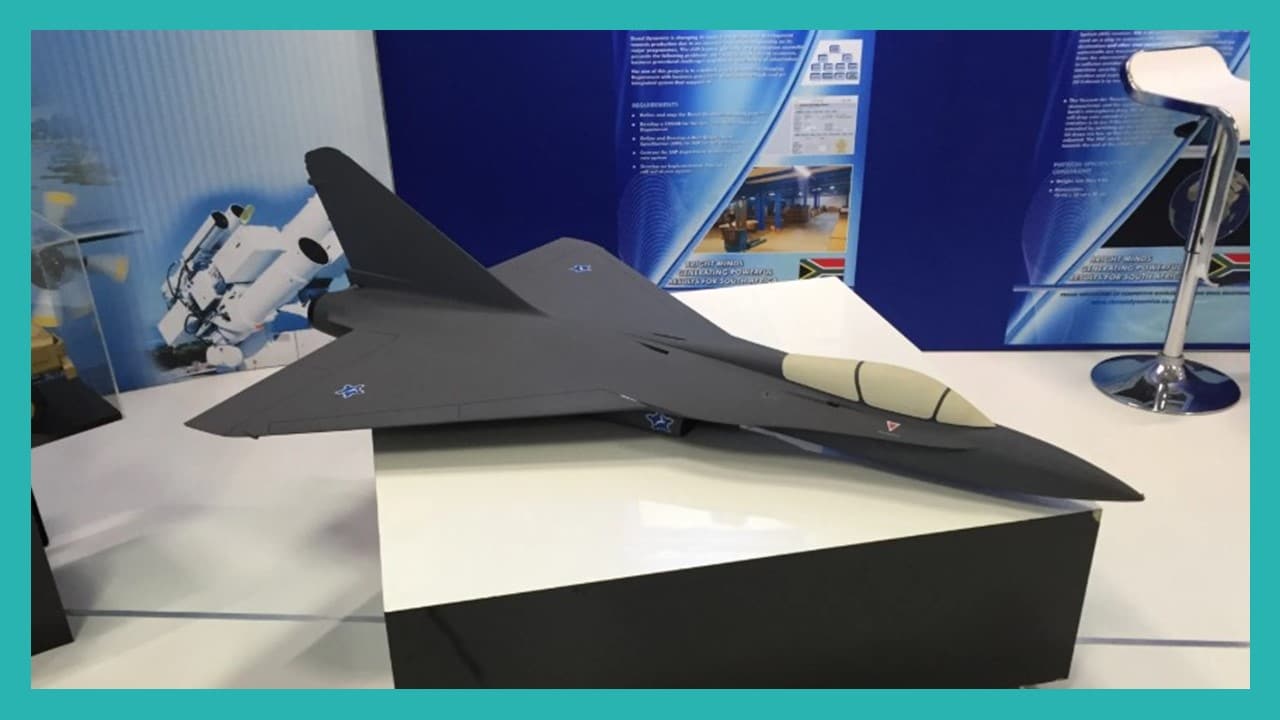6Views 0Comments

Pakistan’s HIT Develops In-House 155 mm Artillery Gun
On 28 August 2021, Heavy Industries Taxila (HIT) revealed to local reporters that it developed an in-house 155 mm artillery gun. According to a HIT spokesperson, the Pakistan Army (PA) is currently testing the gun as part of its forthcoming artillery requirements.[1]
HIT did not provide any additional details about the new artillery system, such as whether it is towed or a self-propelled howitzer (SPH). However, the PA has been testing wheeled 155 mm SPHs from China, South Africa, Serbia, and other countries since 2015. Pakistan has yet to announce a winner of these evaluations.
In 2016, IHS Jane’s had forecasted that Pakistan could spend around $1.1 billion US on SPHs by 2024. The last official comment about artillery modernization came from the Chief of Army Staff (COAS), Gen. Qamar Javed Bajwa. He reportedly said that the PA will modernize its artillery inventory.
Thus far, the bulk of the PA’s modernization comprised of surplus Italian Army M109L tracked SPHs – from 2017 to 2019, Pakistan acquired around 130 units. It is unclear if the PA will further upgrade the M109Ls.
In 2017-2018, the PA acquired Extended Range Full Bore – Base Bleed – Rocket Assisted (HE ERFB BBRA) V-LAP (very long-range artillery projectile) shells for $3.9 million US. Unless the PA retrofitted existing guns or acquired new ones that are capable of firing V-LAP shells, it does not have compatible howitzers.
However, by acquiring V-LAP shells, it is clear that the PA had planned to acquire new howitzers under its near-term modernization roadmap. One of the signature benefits of V-LAP shells is that they offer more range – some models can reach 42 to 52 km or more.
It is possible that HIT’s in-house gun is a step towards wide-scale 155 mm artillery adoption in the PA. In fact, if the PA sources the majority of the high-cost inputs locally, a domestic gun could make new artillery gun adoption relatively affordable. The PA could require hundreds of 155 mm howitzers of various types, including towed as well as wheeled and possibly tracked SPHs.
Interestingly, the PA tested the Turkish Panter 155 mm towed howitzer in 2007. However, the PA did not induct this particular system. In 2017, the PA also tested the South Korean KH179, a 155 mm towed howitzer. It is possible that the HIT gun is a local solution for an apparent towed 155 mm howitzer gun requirement. However, it is interesting that the PA greenlit an original design instead of licensing an off-the-shelf design such as the KH179 or Panter. It may have specific performance requirements in mind, potentially in line with Pakistan’s climate or geographic conditions.
In terms of artillery inputs, Pakistan produces its own artillery fire control system (FCS) – i.e., PAKFIRE. The Gun Manufacturing Factory at HIT can also manufacture 155 mm barrels. However, there are no publicly available details about loading mechanisms and other dynamic inputs necessary to build a howitzer.
It is unclear if HIT’s in-house gun is capable of firing V-LAP shells. This may not be a necessary requirement for a mainstay gun; rather, the PA simply needs guns capable of firing standard 155 mm rounds. But if this is the case, an imported 155 mm howitzer could still be on the cards to allow for V-LAP capability. It is also not known if the PA is interested in lightweight (e.g., 2-to-3-ton) howitzer guns.
Overall, the PA is moving towards longer-ranged artillery combined with improved targeting and network-enabled warfare via data-link. The PAKFIRE’s features offer an insight into the network-enabled warfare capabilities the Army is working to integrate into its artillery stack.
For example, the PAKFIRE can display feeds from radars, unmanned aerial vehicles (UAV), meteorological stations, and other command-and-control systems. The PAKFIRE can also incorporate target identification information from forward observers and facilitate fire orders.
The PA can field supporting assets from its inventory, such as SLC-2 counter-battery radar that work with the A-100E multiple launch rocket system (MLRS), the Shahpar 2 UAV, and others. However, if more of its artillery forces incorporate network-enabled warfare capabilities, then the PA could start investing heavily in new intelligence, surveillance, target acquisition and reconnaissance (ISTAR) assets.
On 24 August, Inter Services Public Relations (ISPR) announced that the PA test-fired the Fatah-1 ‘guided multi-launch rocket system.’ The PA last tested the Fatah-1 in January 2021. It said that the Fatah-1 has a range of 140 km, a marked improvement over the 100 km range of the A-100 that the PA already operates.
The PA bills the Fatah-1 as a “precision” asset, thus indicating that the system would work in a network-enabled warfare system. In fact, the Fatah-1 is practically a stand-off weapon (SOW), so the PA could use it for targeted strikes against high-value-targets (HVT), such as enemy air defence assets, among others.
This deployment would require close coordination between the PA and the Pakistan Air Force (PAF). But with the appropriate assets in place or entering service in the next several years, the prospect of close air-and-land integration is plausible. With the Pakistani military generally lacking the resources to match the Indian military’s acquisitions, a better honing of different inter-service strategies can help offset gaps. The availability of necessary assets makes developing said strategies easier.
Combined with the possibility of wide-scale V-LAP-compatible 155 mm howitzer adoption, the PA’s assets could start pushing Pakistan’s military doctrine. For example, a future Swift Retort-type response may see the PA employ the Fatah-1 alongside the PAF’s SOWs, such as the H-4 and Range Extension Kit III. Both service arms may use UAVs for ISTAR to identify targets of interest near the Pakistani border, such as surface-to-air missile (SAM) systems, air defence radars, artillery systems and other threats.
In addition, Pakistan is also moving to using small ballistic missiles for its conventional warfare needs. For example, the Pakistan Navy (PN) is securing an anti-ship ballistic missile (ASBM) – i.e., P-282 – and the PAF inducted an air-launched ballistic missile in the form of the CM-400AKG. The PA may move in this direction by augmenting its rocket artillery with a tactical ballistic missile (TBM) similar to the Iskander.
Interestingly, Pakistan already fields a design that can fit that description – i.e., the Abdali-I short-range ballistic missile (SRBM). However, the PA could potentially field a variant of the P-282 for use against fixed targets. Pakistan claims that its Nasr-series of SRBMs have a terminal flight maneuverability capability to overcome ballistic missile defence (BMD) systems. However, Pakistan could potentially pair the terminal-stage maneuvering to a longer-ranged design. In fact, the P-282 could be the first example, assuming it is an indigenously developed original design and not an off-the-shelf import.
That said, an off-the-shelf import could still deliver the same capability. For example, if the PN imports the CM-401 and rebrands it as the P-282, the PA could potentially use a variant of that missile. Alternatively, the PA could continue focusing on developing the Fatah-1 and, like China, deploy longer-ranged GMLRS. However, even with continued GMLRS development, the PA could still opt to vary its SOW inventory with different types of guided missiles, e.g., GMLRS, TBMs, and land-attack cruise missiles (LACM). This would mirror the approach taken by numerous militaries, notably China and Russia.
[1] Samaa TV via Facebook. URL: https://www.facebook.com/watch/?v=588518309182005


